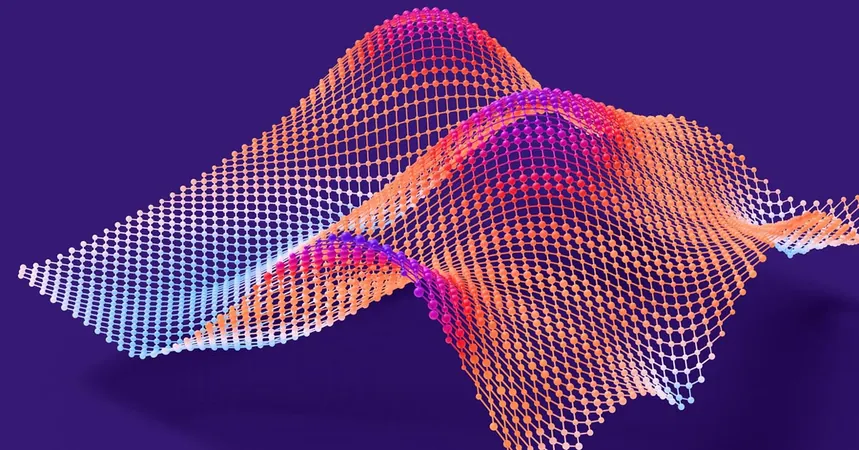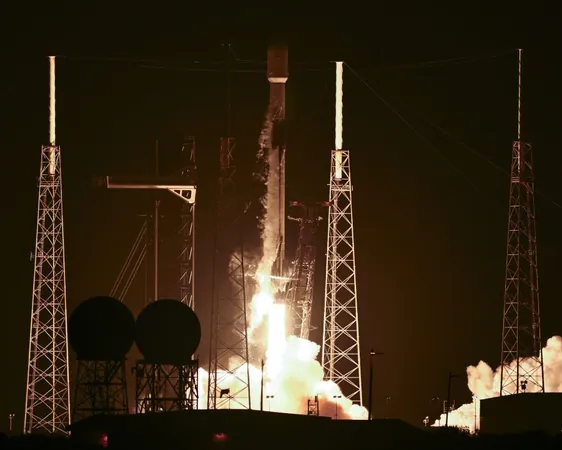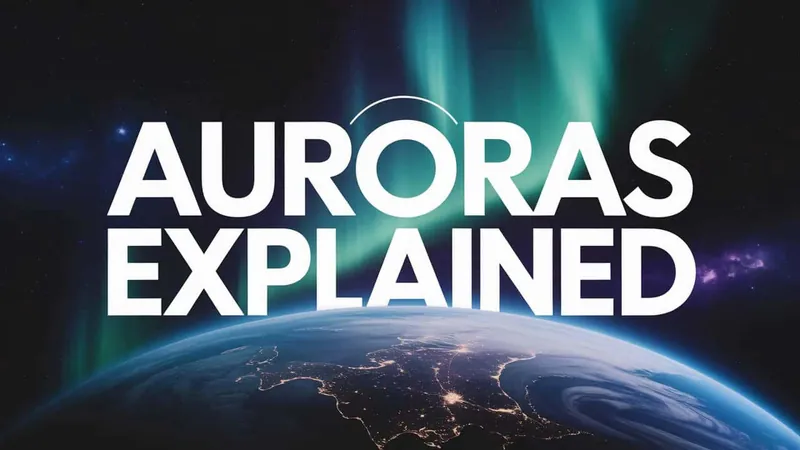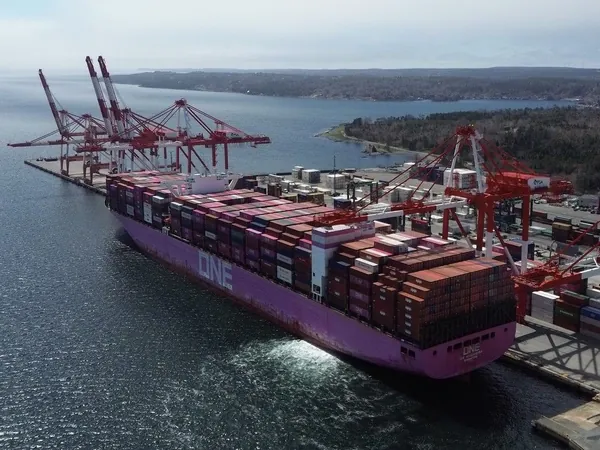
Unraveling Earth's Secrets: How AI is Transforming Earthquake Research
2025-04-15
Author: Charlotte
The Hidden World of Earthquakes
While most people think of earthquakes as rare and unpredictable, scientists have a different perspective. In Southern California, a hotspot for seismic activity due to the infamous San Andreas Fault, researchers are harnessing the power of AI to understand the constant, low-level tremors that typically go unnoticed.
AI: The New Ear to the Ground
Zachary E. Ross, an assistant professor at Caltech, is at the forefront of this innovative research. Using cutting-edge AI models, he and his team sift through a massive amount of data recorded by a comprehensive network of seismic sensors across California. These sensors are tirelessly monitoring the earth, detecting millions of small seismic events that have been occurring more frequently than most realize—around 2 million in the last decade alone.
Decoding the Earth’s Chatter
Traditionally, analyzing this seismic data has been a considerable challenge. Legacy systems struggle to differentiate between small earthquakes and other disturbances like traffic or quarry blasts, leading to countless false alerts. This muddied data makes it challenging for researchers to create an accurate picture of seismic patterns.
AI to the Rescue
Enter AI and deep learning—technologies that mimic human decision-making processes but on a scale no human could achieve. By applying similar technology to image recognition, Ross's team developed a model that identifies and categorizes seismic events with unprecedented efficiency. The wealth of previously labeled data amassed over the last century offers a robust foundation for training the AI to spot even the smallest tremors.
A New Dawn in Earthquake Analysis
With this advanced model, Ross's team has uncovered intricate patterns in earthquake data that reveal the interconnectedness of seismic events, debunking the myth that earthquakes occur in isolation. Earthquakes show rich, spatial, and temporal interactions, which can significantly deepen our understanding of the physical processes driving these phenomena.
The Cahuilla Swarm Discovery
A striking example of this research is found in the Cahuilla Swarm. Residents in Mount San Jacinto alerted Ross's team to a series of minor earthquakes they had been experiencing. By applying their AI insights, they traced the swarm to a single fault deep underground, revealing its evolution over four years. They discovered that these tremors originated from a point approximately 5 miles below the earth's surface and expanded significantly—indicating a slow-moving process that was largely invisible until now.
A Groundbreaking Theory on Earthquake Dynamics
What’s fascinating is the team’s new theory regarding the Cahuilla quakes. They suggest that pockets of hydrothermal water trapped underground play a critical role. Initially sealed off, these fluids build pressure over time until they eventually break free, entering nearby faults and causing a cascade of small earthquakes.
The Future of Seismology is Here!
The integration of AI into seismology not only enhances our understanding of earthquakes but also improves safety measures for communities living in highly active fault zones. With technology advancing rapidly, the potential for deeper insights and more effective earthquake prediction is on the horizon. The earth is constantly speaking; with AI, we're finally learning to listen.









 Brasil (PT)
Brasil (PT)
 Canada (EN)
Canada (EN)
 Chile (ES)
Chile (ES)
 Česko (CS)
Česko (CS)
 대한민국 (KO)
대한민국 (KO)
 España (ES)
España (ES)
 France (FR)
France (FR)
 Hong Kong (EN)
Hong Kong (EN)
 Italia (IT)
Italia (IT)
 日本 (JA)
日本 (JA)
 Magyarország (HU)
Magyarország (HU)
 Norge (NO)
Norge (NO)
 Polska (PL)
Polska (PL)
 Schweiz (DE)
Schweiz (DE)
 Singapore (EN)
Singapore (EN)
 Sverige (SV)
Sverige (SV)
 Suomi (FI)
Suomi (FI)
 Türkiye (TR)
Türkiye (TR)
 الإمارات العربية المتحدة (AR)
الإمارات العربية المتحدة (AR)